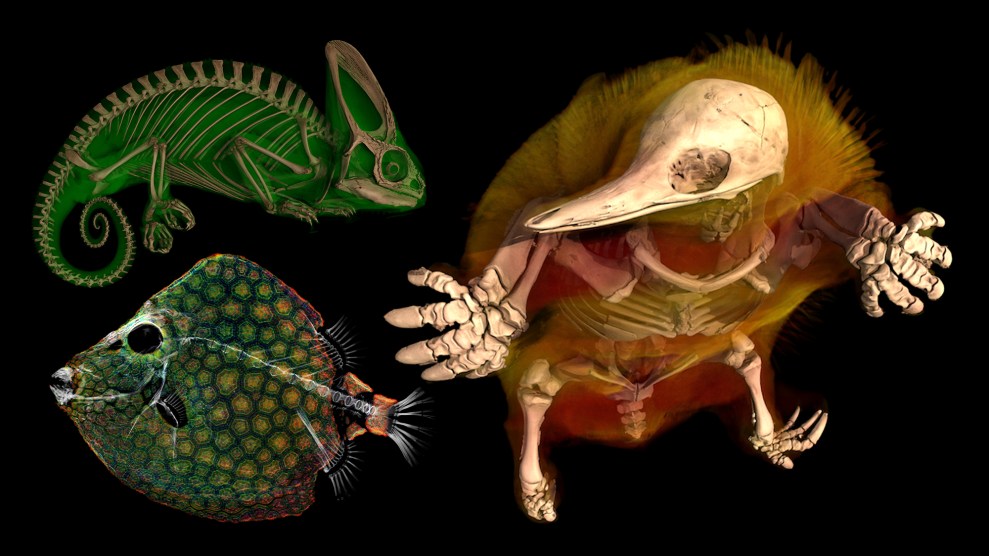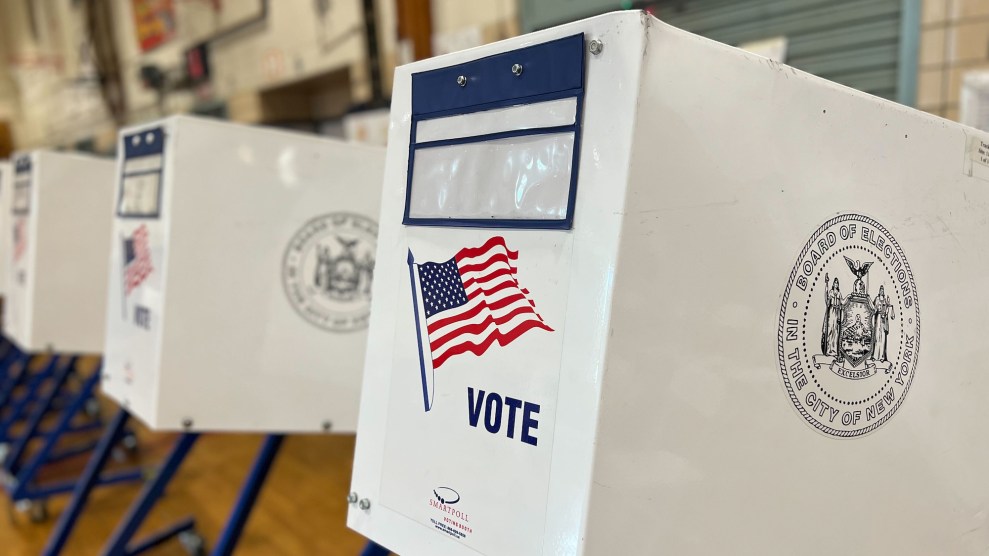Minnesota is in the middle of something called a “post-election audit.” It is not the Franken/Coleman recount; that starts next week. It is a check of the accuracy of Minnesota’s optical scan voting machines, mandated by state law and performed after all statewide elections.
Election officials are hand-counting ballots from selected precincts and comparing the results to the machine-tabulated totals. Sounds like a recount, right? Except it operates on a much smaller scale — in 2006, the post-election audit reviewed ballots from just 5 percent of the state’s precincts.
So how is it going so far? The Minneapolis Star-Tribune, which has not been friendly to Franken in this election, makes it sound like the post-election audit is slowly eliminating Franken’s chances for making up the 206 vote deficit that is keeping him from unseating incumbent Republican Norm Coleman.
Twenty men and women settled in along tables at the Ramsey County elections office first thing Monday morning and began plowing through more than 7,700 ballots cast last Tuesday in the U.S. Senate race.
After nearly three hours of counting, Norm Coleman had lost exactly one net vote in five of the county’s precincts. Al Franken had gained exactly one.
But that gives readers an impression that is badly wrong. As Senate Guru points out, this is good news for Franken:
Now that Franken is down just 206 votes, he only needs to pick up one vote every 20 precincts to overtake Coleman.
Granted, one precinct could be very different from the next; but, if the five precincts that the Star Tribune chronicled above is indicative of the state at large, meaning that if there was a two-vote swing in Franken’s favor every 5 precincts, the tally would swing about 1,652 votes in Franken’s favor, giving the Democrat a lead of almost 1,450 votes.
Nate Silver, who has been doing great work on the Minnesota race, notes that there is reason to believe Franken is more likely to gain votes in a recount that Coleman — young voters, old voters, first-time voters, and minority voters are more likely to fill out their ballots incorrectly, marking them in some way that is not readable by machine but is readable by an elections official trying to discern human intent. And those voters are much more likely to be Democrats.
As Silver notes, because of the tightness of Franken and Coleman’s vote totals, Franken needs to get just 51 percent of reclassified ballots in order to take the seat. Senator Franken may well happen yet.















